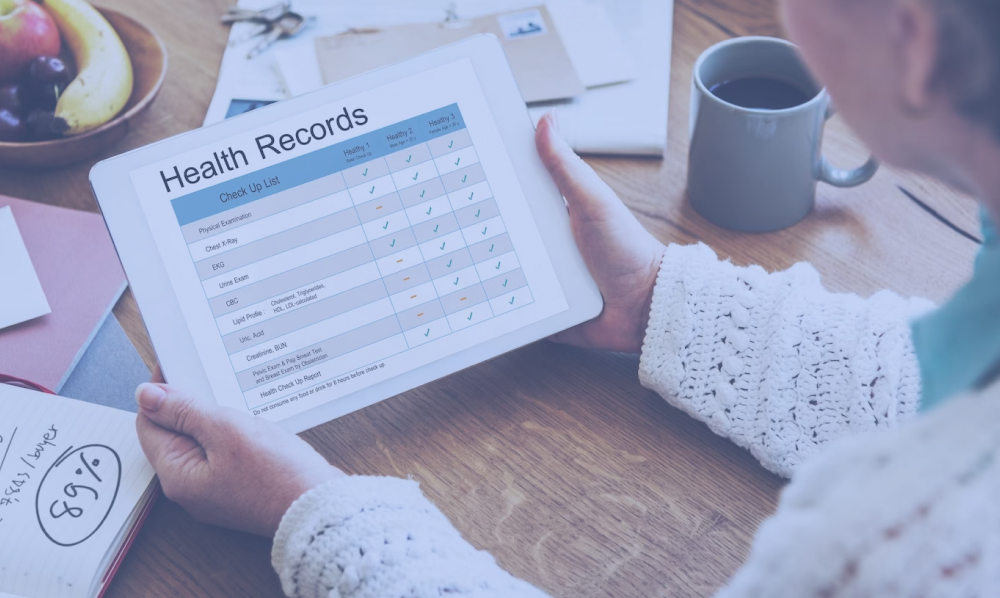
EHRs and Healthcare Disparities: Addressing Access and Outcome Inequities
EHRs Role in Addressing Healthcare Disparities
- EHRs can provide a comprehensive and accessible source of patient data, allowing healthcare providers to quickly identify disparities in care delivery, monitor patient outcomes, and target interventions to specific populations.
- EHRs can help to identify gaps in healthcare access or quality for patients from marginalized or underserved populations, such as racial and ethnic minorities or low-income individuals.
- By identifying and addressing healthcare disparities through EHRs, healthcare providers can improve the quality of care for these patients and ultimately reduce healthcare disparities.
- EHRs can standardize care delivery and reduce bias or variability in care, leading to more equitable healthcare outcomes for all patients.
- EHRs can be used to track patient progress and outcomes over time, enabling healthcare providers to evaluate the effectiveness of interventions and adjust their approach as needed.
- EHRs can also facilitate communication and collaboration among healthcare providers, enabling more coordinated and patient-centered care for vulnerable populations.
How EHRs Can be Used to Identify Healthcare Disparities

For example, EHRs can be used to track rates of preventive screenings, such as mammograms or colonoscopies, and compare these rates across different patient populations. By identifying disparities in preventive screening rates, healthcare providers can target interventions to improve access to these services for underserved populations.
For example, EHRs can be used to track rates of chronic conditions, such as diabetes or hypertension, and compare these rates across different patient populations. By identifying disparities in chronic condition rates and outcomes, healthcare providers can target interventions to improve care management and health outcomes for underserved populations.
How EHRs can be Used to Monitor Patient Outcomes and Identify Disparities

By tracking clinical data over time and across different patient populations, healthcare providers can identify disparities in health outcomes and develop targeted interventions to address these disparities
How EHRs can be Used to Target Interventions to Specific Populations?

For example, EHRs can be used to identify patients with chronic conditions, such as diabetes or hypertension, who may be at higher risk for complications or hospitalization. Healthcare providers can then develop targeted interventions, such as medication management programs or care coordination programs, to improve care management and reduce the risk of complications.
For example, EHRs can be used to identify patient populations with low rates of preventive screenings, such as mammograms or colonoscopies, and develop targeted interventions, such as patient education programs or outreach campaigns, to improve screening rates and reduce disparities in healthcare utilization.
In addition to identifying high-risk populations and disparities in healthcare utilization, EHRs can also be used to target interventions to specific populations by tailoring care plans to individual patient needs. EHRs can provide healthcare providers with access to comprehensive patient data, including patient histories, medication lists, and lab results, that can be used to develop personalized care plans that address specific patient needs and preferences.
Future Directions for Using EHRs to Address Healthcare Disparities

- 1. The development of predictive analytics tools that use machine learning algorithms to identify patients at high risk for poor health outcomes.
- These tools can analyze patient data, including demographic information, clinical information, and healthcare utilization data, to predict which patients may be at risk for hospitalization, readmission, or complications.
- Healthcare providers can then use this information to develop targeted interventions to reduce the risk of adverse outcomes and improve health outcomes for high-risk patients.
- 2. The development of patient-centered EHRs empowers patients to take an active role in managing their own health. Patient-centered EHRs can provide patients with access to their own health data, including lab results, medication lists, and care plans, and enable patients to communicate with their healthcare providers in real time.
- By giving patients more control over their own healthcare, patient-centered EHRs can improve patient engagement, reduce healthcare disparities, and improve health outcomes for all patients.
- 3. It can address healthcare disparities is the development of interoperability standards that enable EHR systems to exchange data seamlessly. Interoperability can enable healthcare providers to share patient data across different healthcare settings, such as hospitals, clinics, and pharmacies, and improve care coordination for patients with complex healthcare needs
- 4. The development of real-time monitoring and reporting tools can enable healthcare providers to track healthcare quality and outcomes in real-time and identify disparities in healthcare delivery and utilization as they occur. Real-time monitoring and reporting tools can enable healthcare providers to intervene quickly to address disparities and improve healthcare quality and outcomes for all patients.
- EHRs can provide healthcare professionals with accurate and up-to-date information about a patient's medical history, including their medications, allergies, and previous diagnoses and treatments. Here’s the best EHR solution to get started.
KiviCare -Complete Clinic Manegement Solution
KiviCare’s comprehensive Complete clinic management solution is the most cost-efficient and time-saving self-hosted EHR solution for growing practices that can be easily installed and maintained.
From booking to billing, it takes care of everything for you!
With the practice management system, you can manage your appointments and be available 24 hours a day, 7 days a week. You can add and record the encounters that you have with your patients. Request an update on the status of changes to clinic sessions. As well as sending emails with links to the dashboard, you can also include an attachment with your emails.